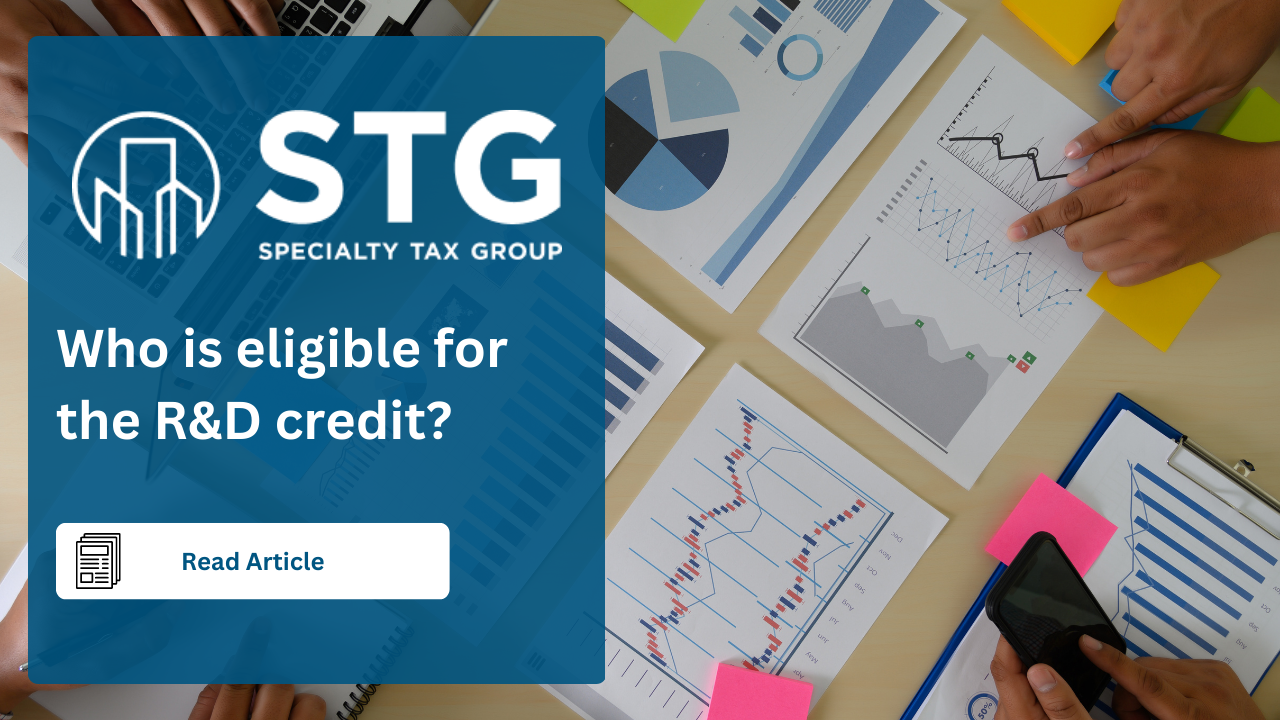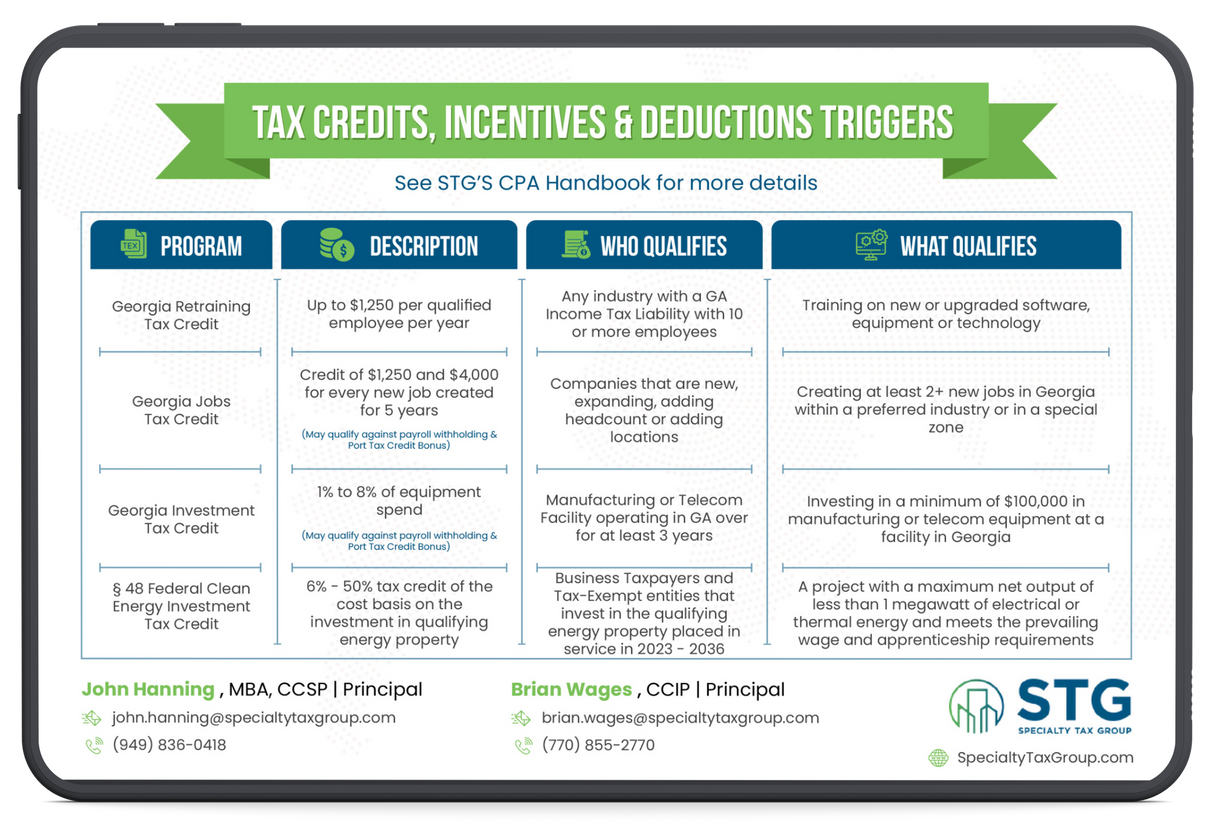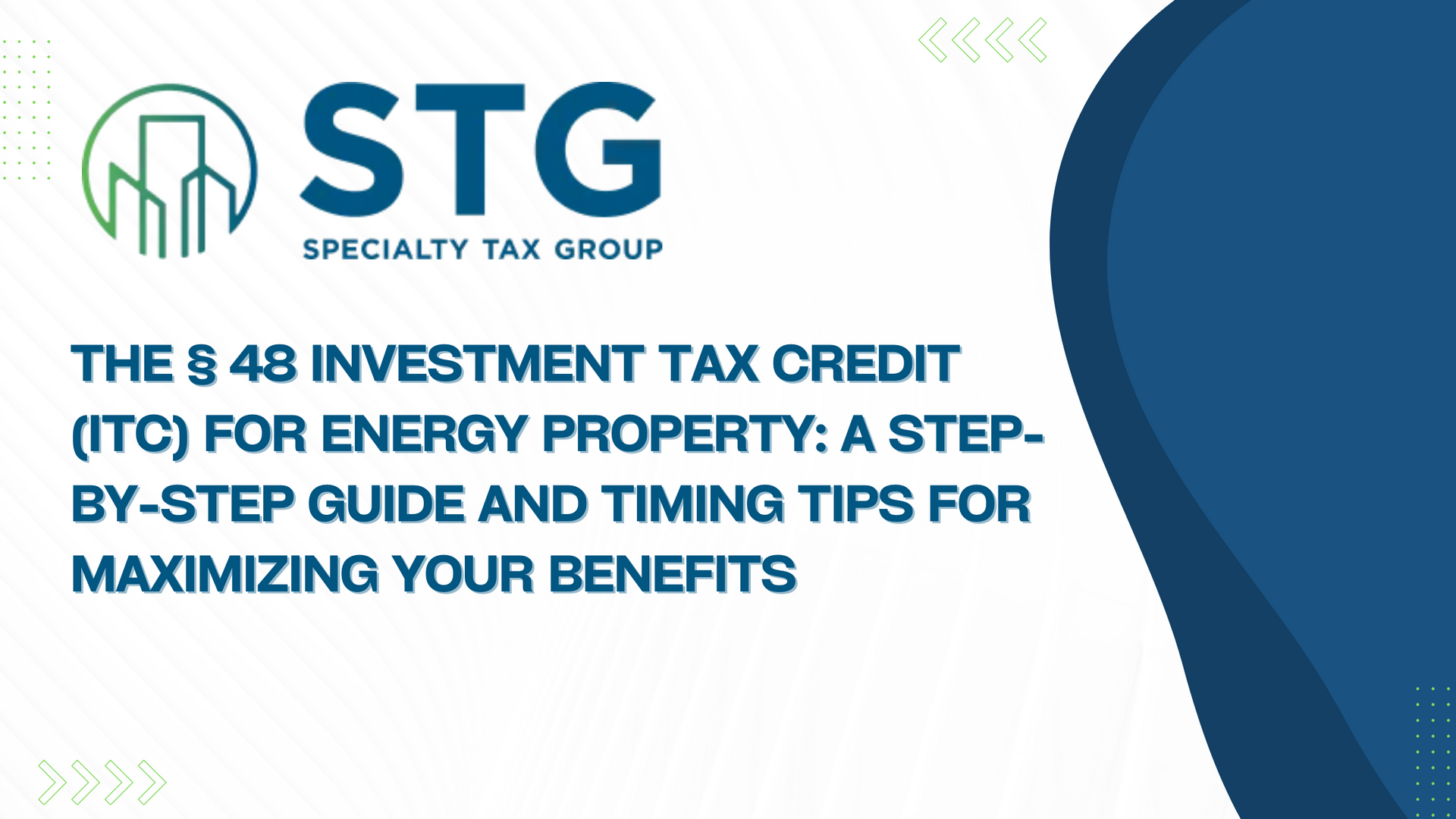This blog post has been researched, edited, and approved by John Hanning and Brian Wages. Join our newsletter below.
Newsletter Form
Thank you for joining our newsletter. We will email you the latest updates every other Thursday at 12pm.
Please try again later.

If you're running a business or building your own enterprise, you may be curious if you can benefit from the Research and Development (R&D) tax credit. This useful tax incentive motivates companies such as yours to pour resources into innovation and technological progress. So, allow me to outline the qualifications, qualifying efforts, and costs, and talk you through the steps to claim the credit. Prepared? Let's dive in!
The PATH Act Makes the R&D Tax Credit Permanent
Importantly, the Protecting Americans from Tax Hikes (PATH) Act of 2015 made the R&D tax credit permanent. This means businesses of all sizes can rely on the credit for their long-term planning. The PATH Act also expanded eligibility for startups and small businesses.
So, what activities actually qualify?
To be eligible for the R&D credit, your company must engage in activities that meet these four criteria:
- Technological innovation: Is your business working with hard sciences like engineering, computer science, or physics? Great! Soft sciences, like market research and management studies, however, won't make the cut for the credit.
- Process improvement: Your company must aim to improve its products, processes, or software. Think: enhancing performance, functionality, or quality, or reducing costs or environmental impact.
- Product development: Developing or improving products, whether for sale or internal use, is covered by the R&D credit. But the product must be new or a substantial improvement compared to existing alternatives.
- Elimination of uncertainty: Your activities should resolve technical uncertainties regarding product, process, or software development or improvement. Simply put, the outcome shouldn't be readily available or easily determined by someone in the field.
Some examples of qualifying activities include:
- Developing new materials with unique properties
- Designing software that analyzes data more efficiently
- Creating a manufacturing process that reduces defects
What expenses are eligible?
The R&D credit is calculated based on these types of expenses incurred during qualifying activities:
- Wages: Salaries and wages paid to employees directly involved in R&D activities or those who supervise or support them are eligible for the credit.
- Supplies: Materials and supplies used or consumed during R&D activities can be included in the credit calculation, excluding capital equipment or land.
- Contract research: If you contract out R&D activities to a third party, you might be able to claim a portion of those expenses as part of the credit.
How do I calculate the R&D credit?
The way the R&D tax credit is calculated can be complex. It depends on factors like your business size and total R&D spending. Consult with a tax professional to make sure you're getting the most out of your potential credit.
Good news for small businesses and start-ups
Eligible startups and small businesses with less than $5 million in gross receipts and no more than five years of gross receipts can offset up to $250,000 per year of payroll taxes for up to five years.
How do I claim the credit?
To claim the R&D credit, you'll need to provide proper documentation and follow the filing process:
Documentation
Keep detailed records of your R&D activities and expenses, like project descriptions, employee time sheets, and invoices for supplies and contract research.
Filing process
File Form 6765, "Credit for Increasing Research Activities," with your federal income tax return. Don't forget that some states offer their own R&D tax credits, which might need separate forms and documentation. Chat with a tax professional to make sure you're taking full advantage of both federal and state credits.
Simply you need to follow:
- Maintain detailed records of your R&D activities and expenses.
- File Form 6765 with your federal tax return.
- Consult a tax professional to leverage federal and state credits.
To wrap it up
The R&D tax credit incentivizes businesses to invest in innovation. Qualifying activities, expenses, and detailed record-keeping are key to maximize your credit. The PATH Act made this credit permanent and expanded benefits for startups and small businesses.
Common Questions About Who is eligible for the R&D credit?
-
What types of companies are eligible for the R&D credit?
Companies across various industries can qualify for the R&D credit if they engage in qualifying research activities and incur eligible expenses.
-
Can start-ups with no income tax liability benefit from the R&D credit?
Absolutely! Start-ups and small businesses can use the R&D credit to offset payroll taxes or Alternative Minimum Tax (AMT) liability, even if they have no income tax liability.
-
Do R&D activities need to be successful to qualify for the credit?
Nope! The R&D credit is based on the effort to innovate and resolve technical uncertainties, not the success of the activities. Even if a project is ultimately unsuccessful, the expenses may still qualify for the credit.
-
Can I claim the R&D credit for past tax years?
You bet! You can amend your tax returns to claim the R&D credit for prior years, generally within three years from the date you filed the original return.
-
How do I calculate the R&D credit?
Calculating the R&D credit can be complex and depends on factors like your business size and the amount of your R&D expenses. It's essential to consult with a tax professional to ensure you're maximizing your potential credit.
Ready to take advantage of the R&D credit? Contact STG for all your needs!
Navigating the R&D credit process can be overwhelming, but STG is here to help. Our team of experts will guide you through the eligibility criteria, documentation, and filing process to ensure you get the most out of this valuable tax incentive. Don't miss out on the opportunity to boost your business's innovation and growth.
Get in touch with STG today and let us handle your R&D credit needs!
2024 Tax Guide
Have A Question?
Contact us today and our friendly team will reach out as soon as possible.
All Rights Reserved | Specialty Tax Group | Powered by Automationlinks | Privacy Policy





